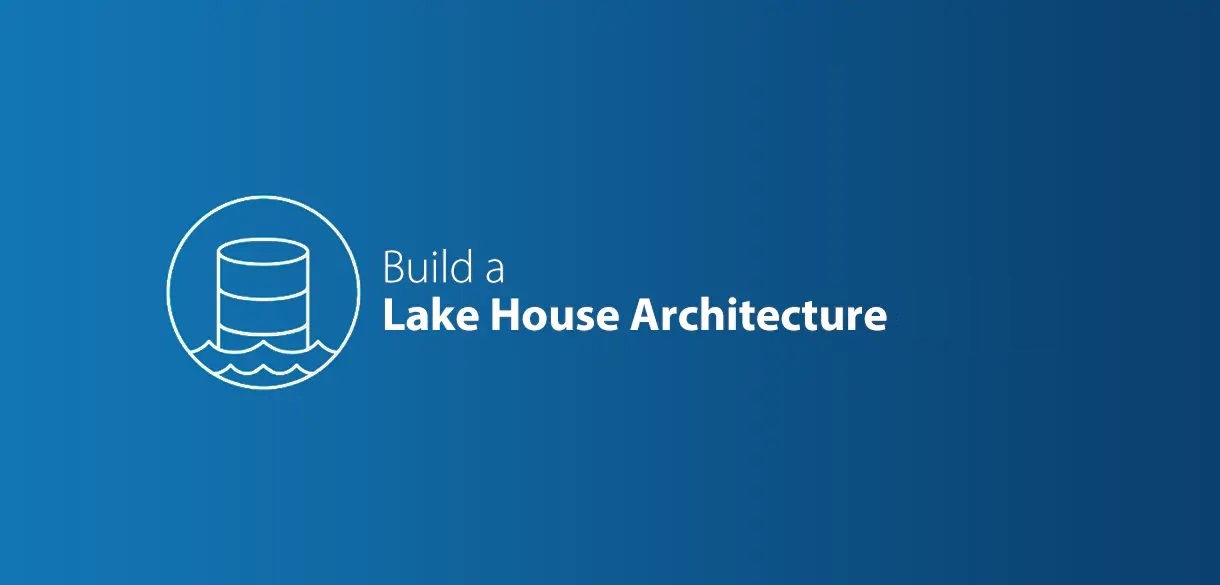
In today’s data-driven world, businesses collect vast amounts of information from various sources. Managing and making sense of this data can be a challenge. This is where Data Lake Architecture comes in—a scalable and flexible solution for storing, processing, and analyzing massive datasets. This blog explores the essential elements of a well-designed data lake and how businesses can benefit from this powerful architecture.
What is Data Lake Architecture?
Data Lake Architecture stores large volumes of raw, unstructured, semi-structured, or structured data. Unlike traditional data warehouses, a data lake can handle data in its native format, making it more versatile for complex data types like log files, images, and videos. This architecture provides a cost-effective and efficient solution for managing big data.
The Importance of a Well-Designed Data Lake
A well-designed data lake ensures your organization can extract value from its data. Without the proper architecture, a data lake can quickly become a “data swamp,” where data is disorganized, complex to access, and difficult to analyze.
Scalability and Flexibility
One of the primary benefits of Data Lake Architecture is its scalability. As data volumes grow, the architecture should be able to scale seamlessly. Flexibility is equally important, as the data lake should support various data types—from structured relational databases to unstructured social media feeds.
Centralized Data Hub
A well-architected data lake is a centralized repository for data from multiple sources. Whether it’s IoT devices, transactional systems, or external APIs, all this data can be ingested into the lake. This centralized approach simplifies data management and ensures better accessibility.
Key Components of a Data Lake Architecture
Designing a data lake involves various key components that must work harmoniously. Let’s dive into the core building blocks:
Data Ingestion Layer
This is the first step in designing a data lake. The Data Ingestion Layer collects and integrates data from multiple sources in real-time or batch mode. In a well-designed data lake, the ingestion layer should be able to handle data in various formats and from different sources with minimal latency.
Best Practices for Data Ingestion:
- Use scalable and flexible ingestion tools to support diverse data types.
- Implement real-time data ingestion where timely insights are crucial.
- Ensure proper metadata tagging for easier future retrieval.
Data Storage Layer
The Data Storage Layer is the core of your data lake architecture. It holds both structured and unstructured data in its native format. Cloud-based storage solutions like Amazon S3 or Azure Data Lake are widely used due to their scalability and cost-effectiveness.
Key Considerations:
- Choose a cost-efficient storage solution that scales with data volume.
- Ensure data is stored in a format that makes it easy to query and analyze.
- Implement a data retention policy to optimize storage.
Data Processing Layer
Once the data is stored, the next step is processing. The Data Processing Layer transforms raw data into a structured format, making it ready for analytics. Tools like Apache Spark, Flink, or AWS Glue can be used to process large datasets in real-time or in batch.
Processing Techniques:
- Use ETL (Extract, Transform, Load) processes to structure raw data.
- Implement machine learning models for deeper insights and predictions.
- Optimize processing workflows to ensure efficient data transformation.
Data Governance and Security Layer
Without robust data governance and security measures, your data lake can become a liability. Implementing governance frameworks ensures data quality, compliance, and security, which are crucial for meeting regulatory requirements.
Best Practices:
- Implement role-based access control to limit data access.
- Ensure data encryption at rest and in transit.
- Use metadata management tools for better data classification.
How to Avoid the “Data Swamp”
While data lakes offer flexibility, poor design can lead to disorganized, unmanageable datasets—a problem known as the “data swamp.” Here’s how to avoid this:
Metadata Management
A well-designed data lake relies on effective metadata management. Metadata is information that describes your data—its origin, structure, and usage. Using metadata, you can effortlessly search, filter, and retrieve relevant data when needed.
Tips for Metadata Management:
- Use automated tools to tag and catalog all incoming data.
- Ensure consistent metadata across all datasets.
- Regularly audit metadata for accuracy.
Data Lifecycle Management
Managing your data lifecycle is essential for optimizing your data lake. Not all data needs to be stored indefinitely. Implementing a data lifecycle policy ensures that data is archived, retained, or deleted based on its importance.
Data Lake Architecture Use Cases
A well-designed data lake offers significant advantages across industries. Here are a few real-world use cases:
Healthcare
In healthcare, data lakes store vast amounts of patient data, medical records, and IoT device data (e.g., from wearables). This data can then be analyzed to improve patient care and operational efficiency.
Retail
Retail businesses leverage data lakes to analyze customer behavior, transaction histories, and supply chain data. With this information, they can make data-driven inventory, pricing, and personalized marketing decisions.
Financial Services
Financial institutions use data lakes to manage data for risk assessment, fraud detection, and regulatory compliance. A data lake enables real-time analytics on large datasets, allowing quicker decision-making.
Conclusion
A well-designed Data Lake Architecture is essential for harnessing the full potential of your organization’s data. By focusing on scalability, data governance, and proper lifecycle management, businesses can avoid the dreaded data swamp and create a system that provides meaningful insights and real value.
If you’re considering implementing a data lake, now is the time to invest in a robust architecture that scales with your growing data needs. Proper design will ensure your data remains accessible, secure, and ready for analysis.







